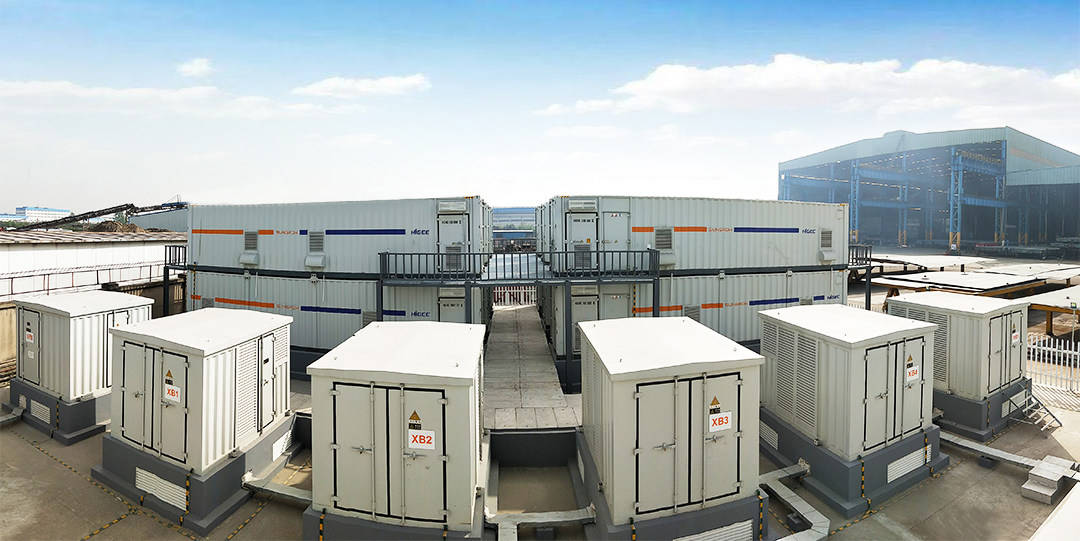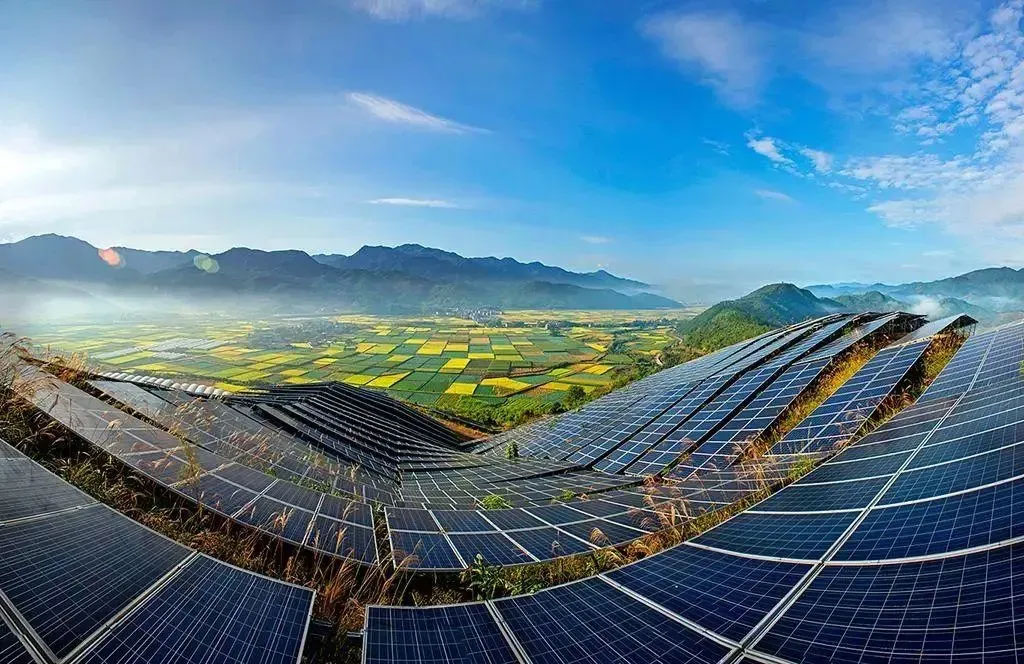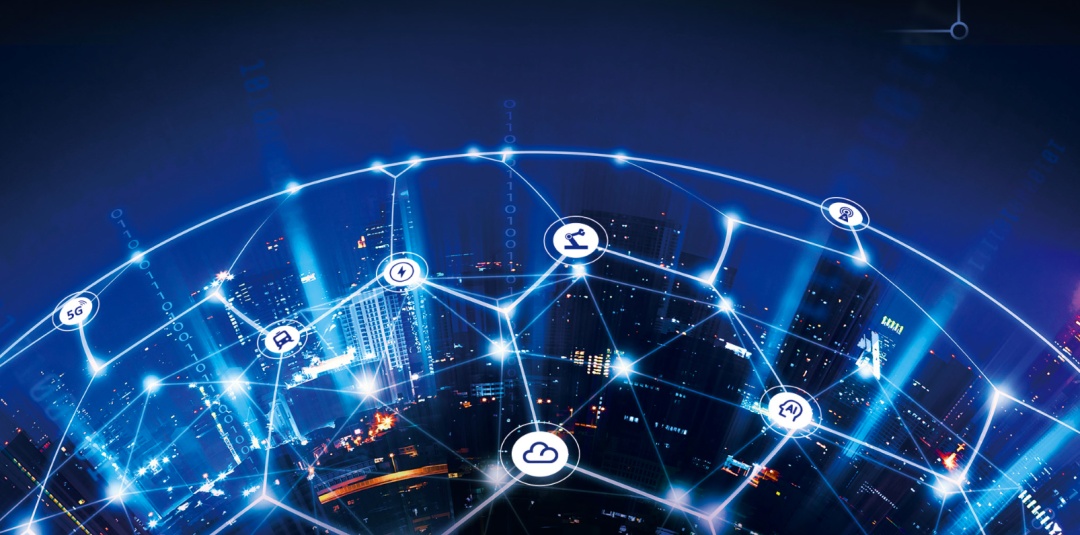【Stem Cell News】Scientists use stem cells to reproduce critical stages of early human embryonic development!
The formation of gastrula is the process by which an embryo assembles from a hollow ball into a multi-layer structure, and is considered the "black box" of human development. This is because due to bioethical considerations, the cultivation time of human embryos usually does not exceed 14 days, while gastrulation occurs between 17 and 21 days after fertilization. In addition, the current stem cell models that simulate the formation of gastrula embryos cannot include the extraembryonic tissues required for the production of yolk sac and placenta.
In a new study, Professor Wu Jun's team from the University of Texas Southwest Medical Center in the United States reported a new method for developing "peri gastroids". Peripheral gastrula is an embryonic like structure that includes one of the supporting tissues, the yolk sac, which was missing from previous models. The relevant research results were published online in the Cell journal on July 20, 2023, with the title of "Modeling post implementation stages of human development into early organization with stem cell derived peri gas fields".
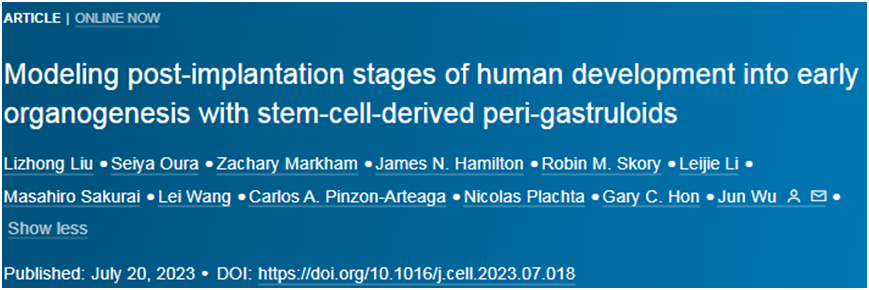
According to Wu Jun, a stem cell biologist at the University of Texas Southwest Medical Center and the corresponding author of the paper, Although the non-integrated models of human gastrula formation and early organ formation were developed by primitive human pluripotent stem cells, these models lack embryonic extracellular cells that play an important role in embryonic patterning and morphogenesis. The presence of embryonic tissue and extracellular tissue enables scientists to study the ectoderm during gastrula formation The interaction between the amniotic membrane and the yolk sac - this was not possible before humans
The methods developed by these authors use extended pluripotent stem cells (EPSCs) instead of the more commonly used initiating pluripotent stem cells. EPSC has previously been proven to differentiate into embryonic and extracellular tissues in mice.
By adding appropriate growth factors to human EPSC, they differentiated into these two types of tissues. Then, these cells self-assemble into structures similar to human embryos, which these authors refer to as "peripheral gastrula like embryos".
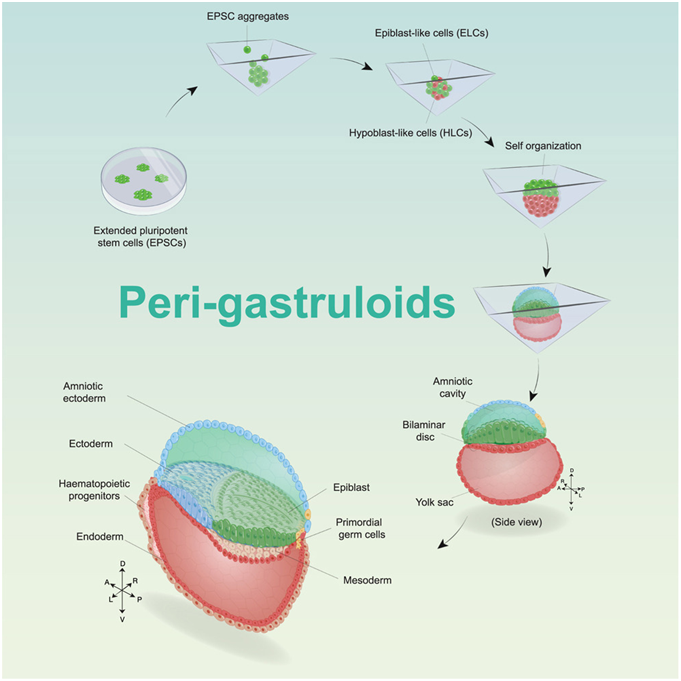
The release of chemical signals from the extracellular tissue of the embryo guides embryonic development, allowing this peripheral gastrula to simulate several important processes that are considered part of the black box stage of human embryonic development.
The peripheral gastrula develops into the amniotic sac for embryonic growth and the yolk sac for blood supply to the embryo. In addition, peripheral gastrula shows early signs of organogenesis, such as neurogenesis, which marks the beginning of central nervous system development.
 中文
中文
 English
English
